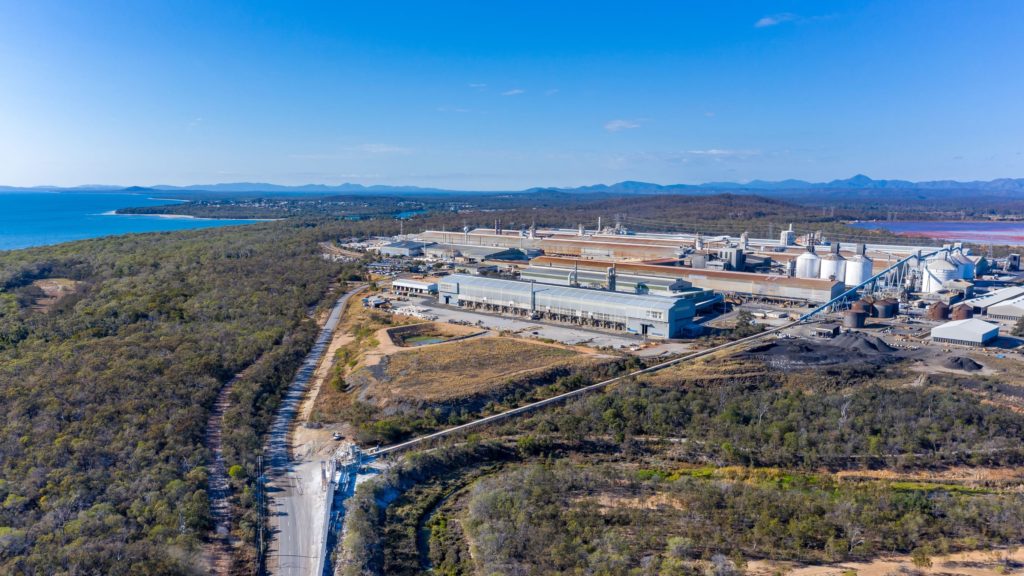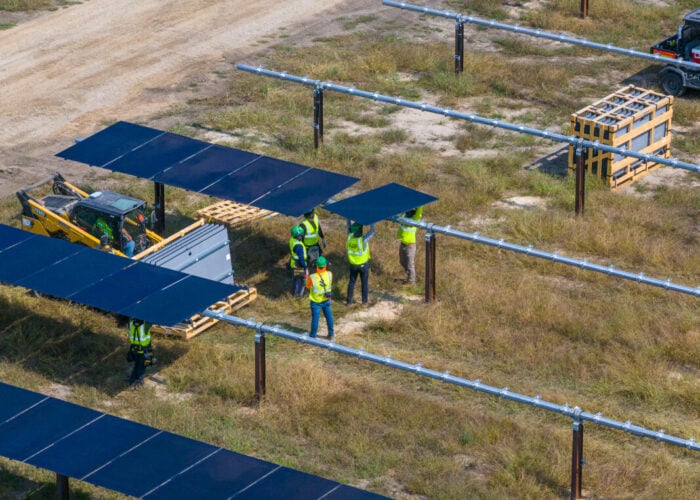
Mining giant Rio Tinto has signed a power purchase agreement (PPA) with the Australian arm of power developer European Energy to acquire all of the power generated at the latter’s proposed Upper Calliope solar farm in the Australian state of Queensland.
European Energy Australia plans to finish construction at the 1.1GWac project by 2028 at the latest, following two years of work. The project is currently in the permitting phase, with the Gladstone Regional Council currently considering the project’s credentials, which will have enough power capacity to meet 5% of Queensland’s total energy demand.
Try Premium for just $1
- Full premium access for the first month at only $1
- Converts to an annual rate after 30 days unless cancelled
- Cancel anytime during the trial period
Premium Benefits
- Expert industry analysis and interviews
- Digital access to PV Tech Power journal
- Exclusive event discounts
Or get the full Premium subscription right away
Or continue reading this article for free
As per the Rio Tinto PPA, electricity from the project will be used to power the company’s industrial operations in the area, which include an aluminium smelter and two alumina refineries near Gladstone.
The project is the first to have been developed under the miner’s request for proposals for new renewable power projects, which it launched in June 2022, and while the project will still need government approval, it is strong evidence of the committed relationship between European Energy Australia and Rio Tinto.
“By supplying renewable energy to one of Australia’s key industrial hubs, we are setting a new standard for industrial energy consumption,” said European Energy CEO Erik Andersen. “This project underlines our dedication to driving the transition towards renewable energy in Australia and demonstrates the potential of solar power in transforming the energy landscape of the region.”
This project is not Rio Tinto’s first involvement in the solar sector, having announced plans to build a solar plant to meet one-quarter of the energy demands of one of its Canadian diamond mines last August. The involvement of one of the world’s largest industrial companies in the solar sector could be to the industry’s benefit, with more funding and greater attention directed towards the use of solar for industrial applications, but questions remain as to the efficacy of using solar power to minimise the environmental footprint of such large-scale mining companies.
Rio Tinto, for instance, plans to halve its scope one and two emissions by the end of 2023 through initiatives such as acquiring power from the Upper Calliope project, but this will do nothing to affect the company’s scope three emissions. According to Rio Tinto’s own figures, it produced 31.1 million tonnes of carbon dioxide equivalent (MTCO2e) in scope one and two emissions in 2021, compared to a massive 553.5MTCO2e in scope three emissions that year.






